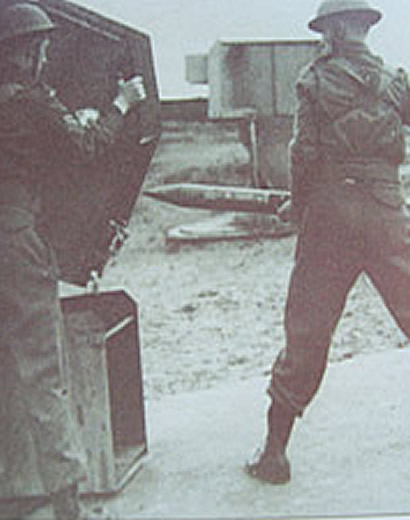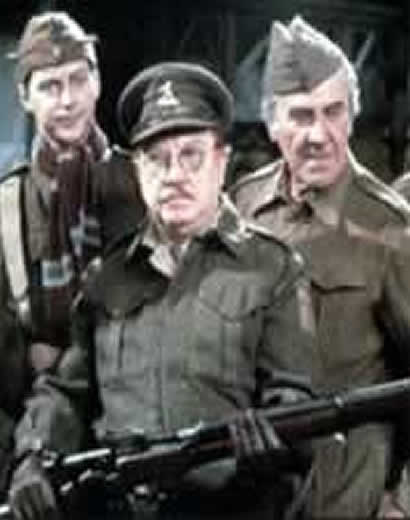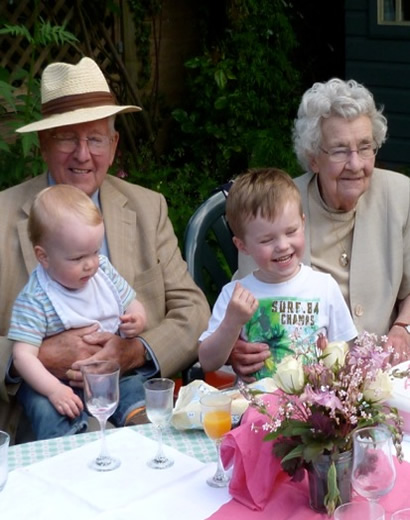The Anti Aircraft Z Batteries of World War 2
Those of us that still recall the London Blitz will remember gazing up at the night sky full of bursting anti aircraft shells and getting some satisfaction that we were hitting back. Churchill is supposed to have backed this ferocious barrage because it helped keep up moral. About 1942 however a new phenomenon appeared in the night sky when it seemed to the onlooker that sections of sky erupted in hundreds of shell bursts. Little was said of them at the time and even less after the war , and most wartime museums don’t mention them. These were the Z batteries and these few notes explain briefly what they were all about.
Rockets were used in the British Army in the Napoleonic Wars and ever since. At the beginning of the last war they were part of the RA range of weapons when it must have been decided to use them as an anti aircraft weapon. By early 1941 launchers were ready and they were deployed around the country. At first as only 8,400 rockets were ready and they were used sparingly but this was put right as time went by. The first success was at Cardiff on April 7th.1941 The batteries took up a lot of space and in London they were used in London parks. These notes describe the battery at Victoria Park which was manned by RA personnel and local Home Guards (See Slide two of Images above) including my friend Ken Booth. Without his help these notes could not have been written.
The rocket itself was probably the Mark 1 which was 6ft 4in long, with a diameter of 3in weighing altogether 54lbs .(See Slide one of Images above) It travelled at 1,500 feet per second up to a height of 20,000 feet with a fuse that could be set and activated as it rushed through the air known as an Air Arming Infuser.
Each mounting with a crew of two consisted of two ramps on which the rockets could be loaded. The mounting could be rotated by hand to a given bearing and again by hand to a given elevation. There was a shield with a window to protect the crew from the initial take off . Each mounting was set in its own space with a small low corrugated hut which stored about 20 rockets . There were 64 mountings so 128 rockets could be fired at the same time involving 128 rocket crew together with a control group. A full battery used a large number of men and lots and lots of space At Victoria Park the RA were backed up by the local Home Guard.
The procedure was for information to be fed into the control from the Royal Observer Corps or other sources so that the enemy planes could be plotted on bearing and elevation. A block of sky could then be calculated that the planes would pass through and fusing, bearing and elevation
information given by telephone to the mounting crews. They would then load two rockets with the settings and wait for the order to fire . If the enemy was plotted into the target block firing orders would be given and each mounting crew would fire their rockets which would fill the target block with shrapnel and hopefully bring down the plane. If the target changed bearing or elevation after the settings were given then that firing was aborted. Sometimes not all the rockets were fired, depending on the target, and there were some mountings just served by RA personnel for rapid firing of small numbers.
The big weakness of the system was that it was really like a spiders web hoping the target would follow a steady course but any variation rendered that particular exercise null and void and there was no question of following the target like a gun can. It could have been very effective against formation bombing, which we all used to see on the newsreels of the Spanish Civil War and of the Japanese planes bombing China in the 1930s, but at night individual bombers did their own thing. Another disadvantage was the large number of men involved, and if the battery was in a built up area the rocket casings and shrapnel was unpopular with local civilians when they rained down on built up areas. There was one story about an occasion when the elevation was very low and something went wrong and a rocket took the top off a local church spire, again not popular with the locals. They were dirty weapons as the rocket discharges made the crews very dirty , not so good for the Home Guards who had to go home by bike or bus.
As the war dragged on lone night raiders made difficult targets and rockets were used less and they were no good at all against V2rockets . Some were allocated to ships but the story goes some were tipped over the side in disgust At the end of the war they were probably scrapped but it is still possible to see a single ramp mounting at the RA museum at Woolwich.
There was one terrible incident that is sometimes associated with the Victoria Park Battery. On the evening of March 3rd 1943 the sirens had sounded and people were making their way down the Bethnal Green station, which was considered safe shelter, when the rockets were fired from the Victoria Park Battery not too far away. The ensuing noise possibly caused people to press forward to get down the stairs, when somebody fell at the bottom and caused a terrible pile up at the bottom.173 people died in this tragic accident. It was the biggest civilian incident involving the most civilian casualties in the Second World War
[ Back to top ][ Contact Us ]
All images and text are owned by H.J.Brown. Permission must be obtained from H.J.Brown to reproduce any of the material on this site. Contact H.J.Brown





